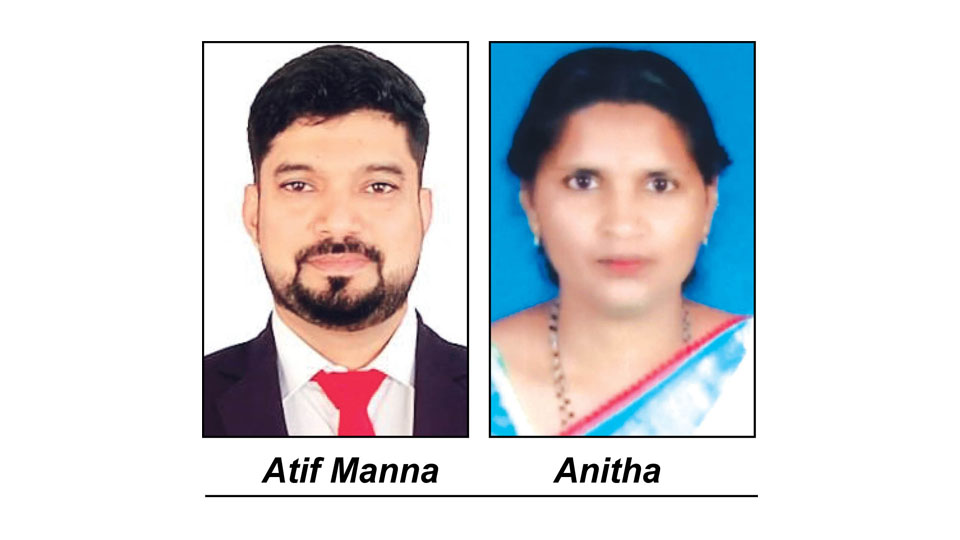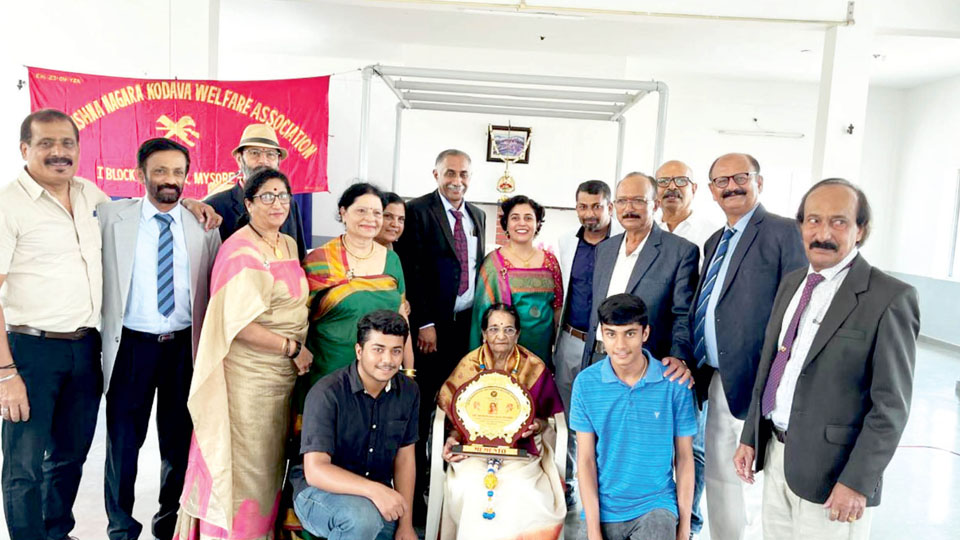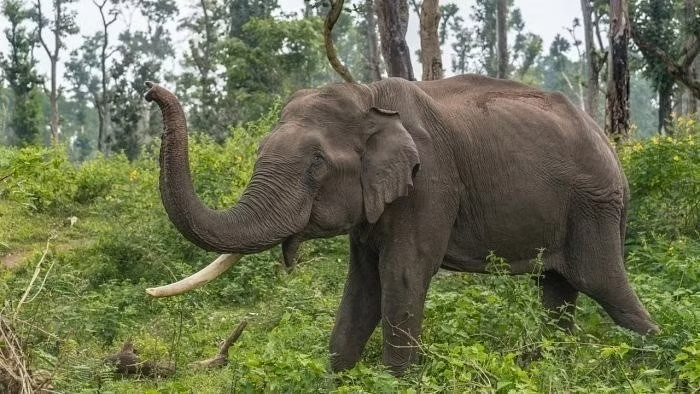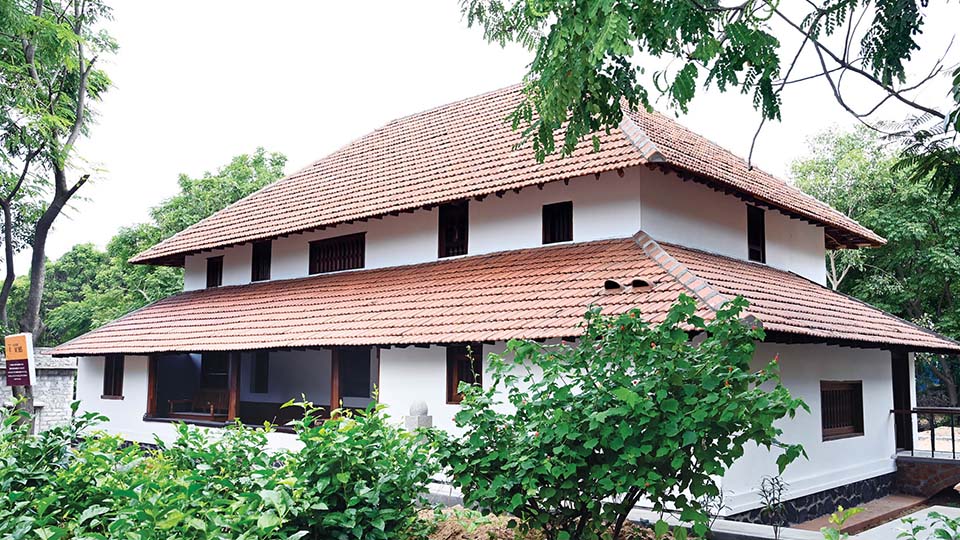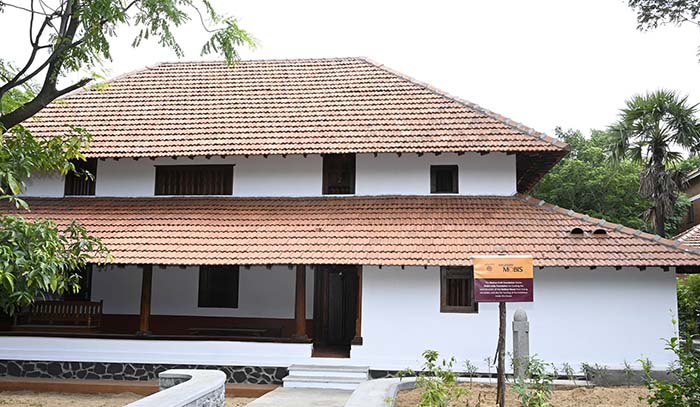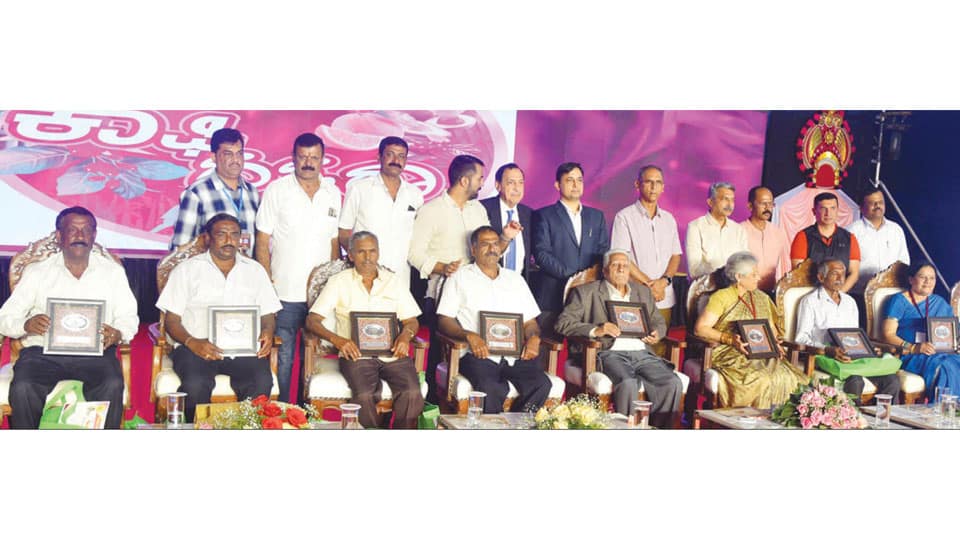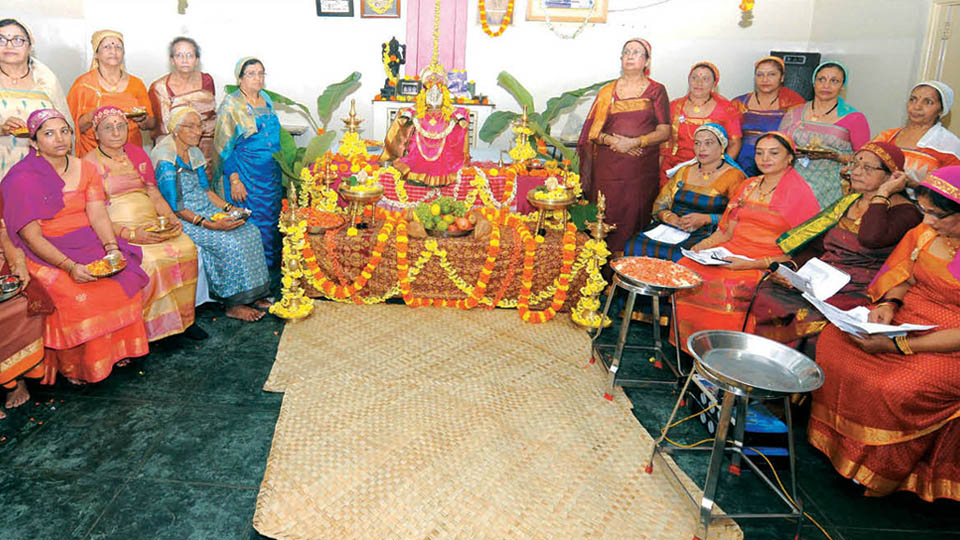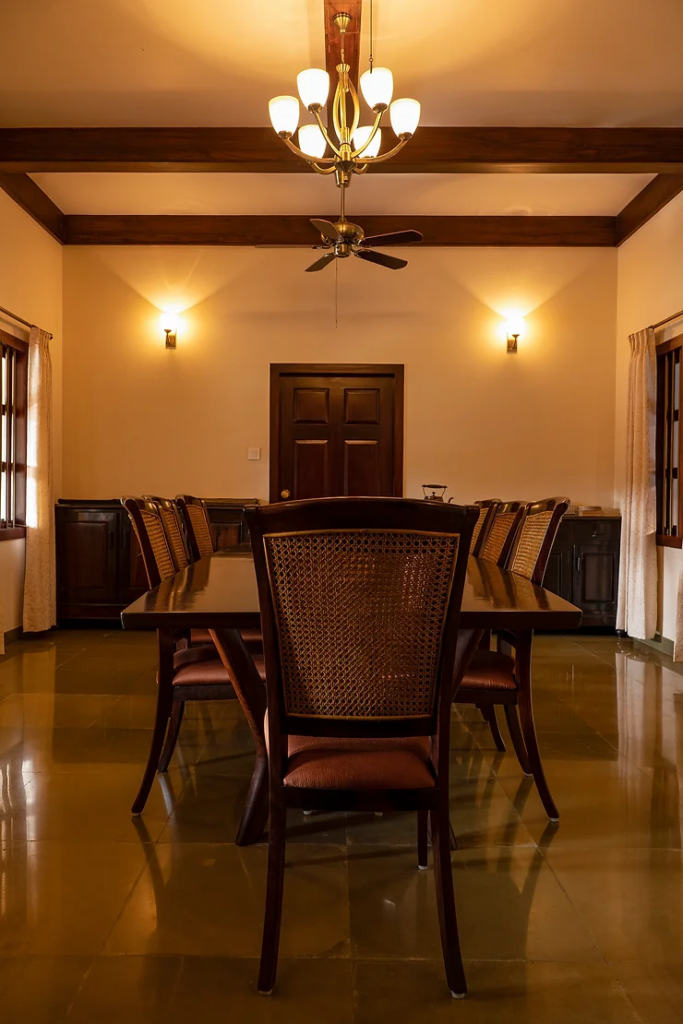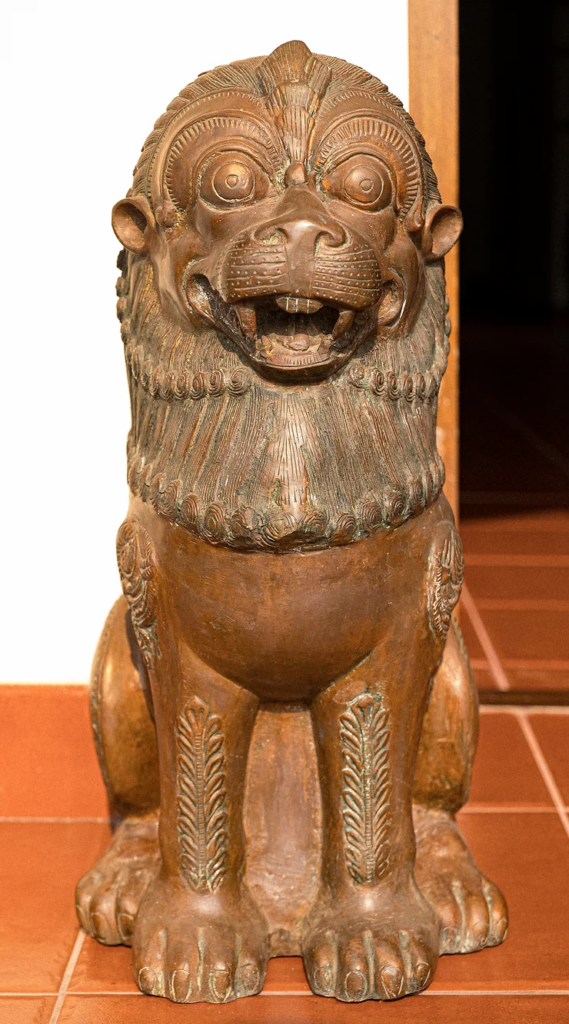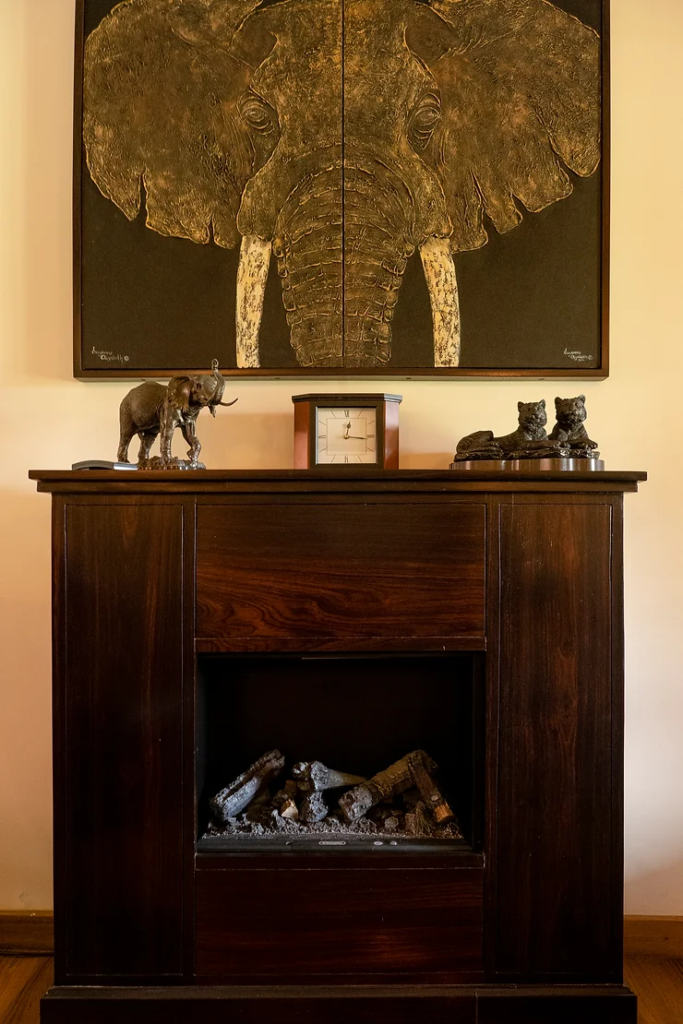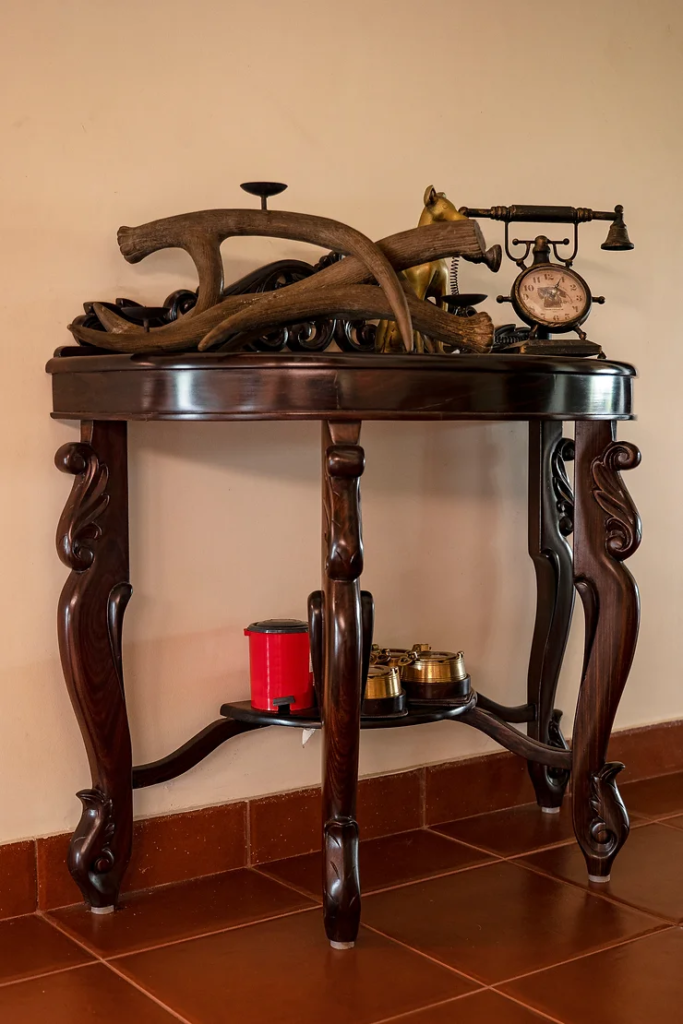
Firefly by the River
Firefly by the River is run by a pair of well-travelled, fun-loving sexagenarians who bring their taste for the slow life to this spot in the woods.
In the sleepy Madalapura village of Coorg, on the banks of Harangi river, lies Firefly by the River—Nina and Captain Prio Chaubey’s labour of love. Initially, it was a single cottage with two bedrooms, a kitchen and a large verandah, enough to serve as a second home for the couple and their loved ones. The Bengaluru–based couple had found this spot when they went scouting for a place to spend their retired life. On this site by the tributary of the Kaveri, Prio and his fishing buddies would spend their weekends, patiently waiting for the elusive mahseer to come for the bait. Gradually, friends of friends and their families started calling in to check if they could come. Soon, Nina and Prio found themselves adding new rooms, and the result is now a homestay in Coorg where you can enjoy the riverside life.
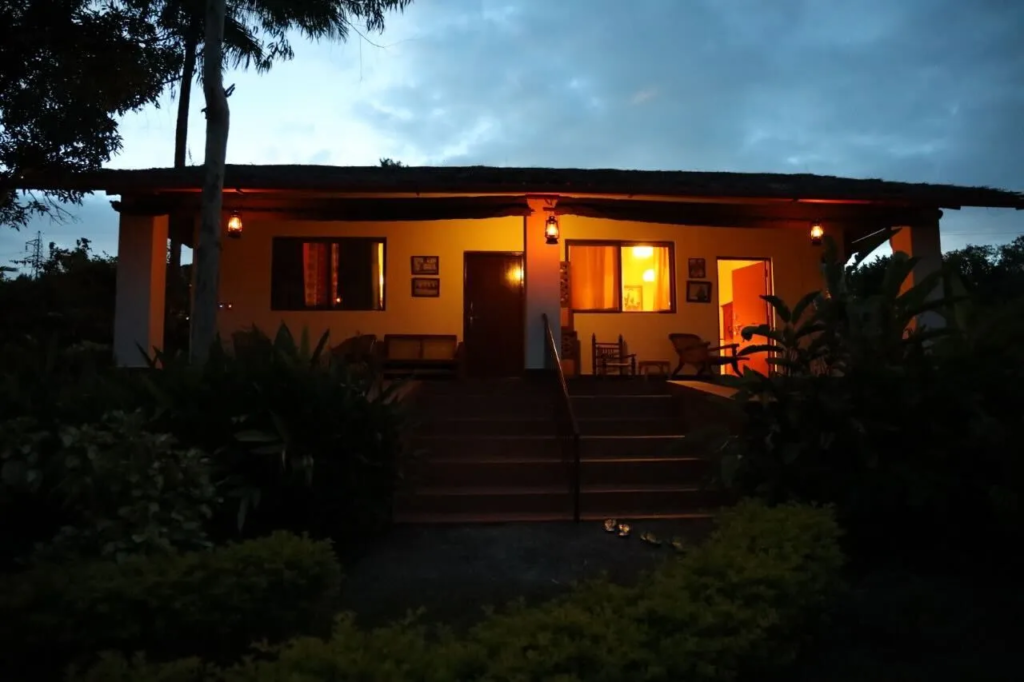
Firefly by the River
About the homestay in Coorg
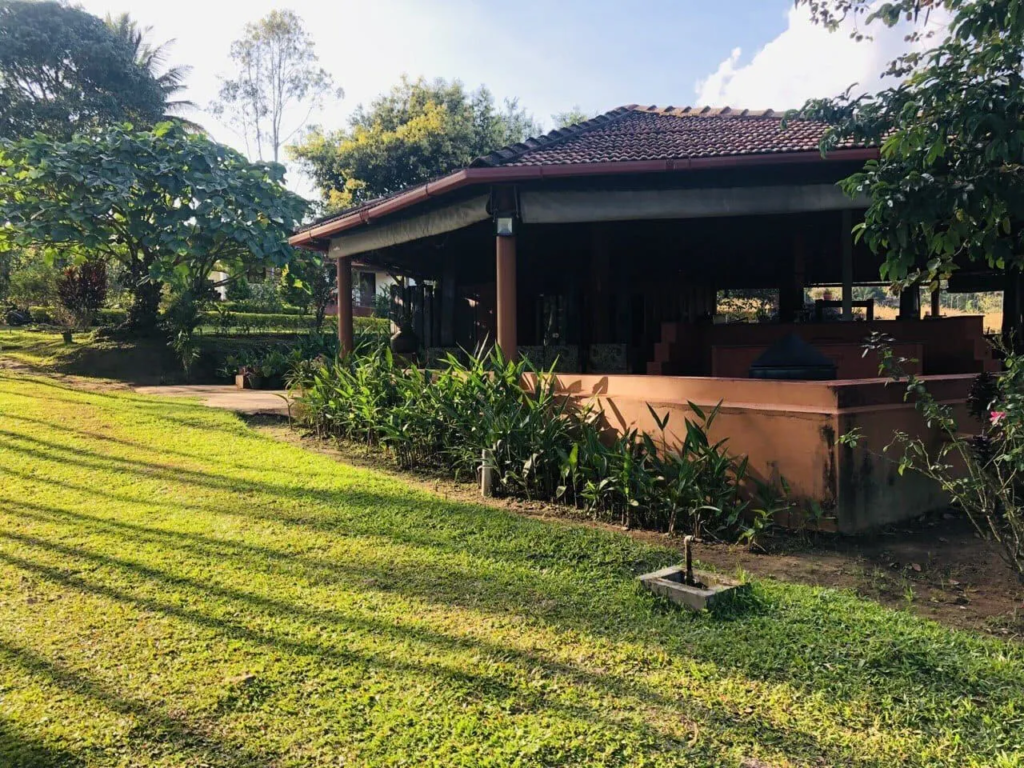
Firefly by the River
Think waking up in a villa sitting in the middle of coffee and pepper estates, paddy fields, orchards, bamboo groves and coconut, cinnamon and betel palm trees. Named after the thousands of luminescent fireflies that are spotted in Coorg in the month of April, the property has a total of five tastefully-done double rooms designed by the hosts themselves and built using local labour. “We always wanted a space that was not glitzy or luxurious but an extension of our home and the natural surroundings. We wanted the homestay to be a reflection of our personalities. Prio, with his artistic bent, was able to quickly execute our ideas,” says Nina Chaube. The two superior and two deluxe rooms are set as two independent cottages and the garden room comes with its own private entrance. Boasting rustic design elements and warm, earthy colours, all rooms are spacious and well-appointed with luxury mattresses and super soft duvets, a writing desk and a closet made of wood. The attached bathrooms have a shower with running hot and cold water 24×7. Tea/coffee sachets, an electric kettle and mineral water are part of the basic comforts.
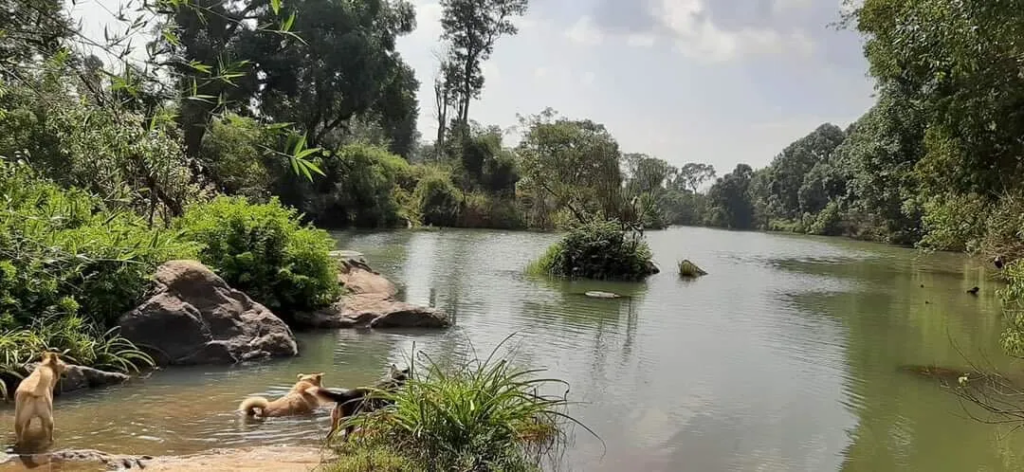
Firefly by the River
Sit-out areas come with a variety of comfortable seating and offer picturesque views, especially during the mornings when the sun rays filter through the trees, painting them in a golden glow. No televisions in the room ensure you spend quality time bonding with yourself and your folks. Rooms do have Wi-Fi though.
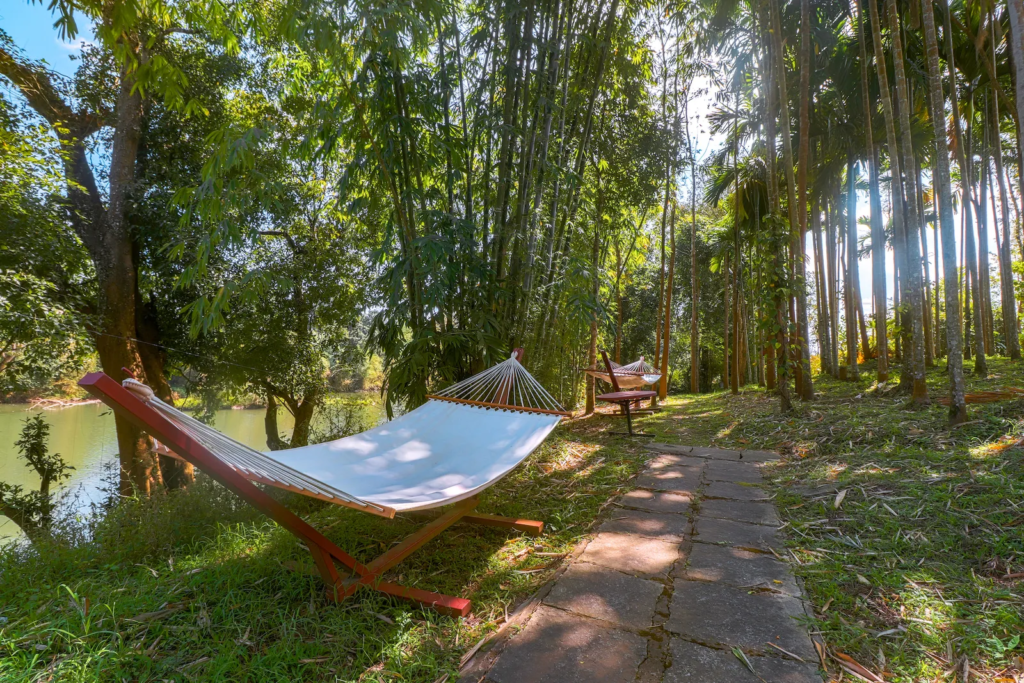
Firefly by the River
However, the hammocks placed under the trees by the riverside remain the highlight of the property. “Our vision was to help people, especially those living in cramped apartments of chaotic cities, get a taste of a home in the outdoors. Our homestay is where you feel inspired to read, paint, write, cultivate hobbies, plant a tree and appreciate farm life. You are reminded of the fact that eggs and milk come from hens and cows and not from supermarkets,” says Nina Chaube.
And, of course, there is free-flowing love and cuddles from resident dogs—Husky and Leo. They never fail to give you a warm welcome every time you’re back after a wander around Coorg.
The hosts
Well-travelled, fun-loving sexagenarians, Prio and Nina have mingled with people from different parts of the world and always have interesting tales to tell their guests. Prio, who has studied in the UK and Australia, is an ex-master mariner with the Merchant Navy. As a child, Prio spent a lot of time on his father’s farm in Hunsur, a city in the Mysore district. During his school holidays, he would often go fishing and camping with his parents. Growing up on farms, Prio has a deep love for the outdoors. He is an avid angler and bird watcher besides being a talented musician, painter and sculptor. If Prio is around during your visit to the homestay, don’t miss sitting with him around a bonfire. He will regale you with his angling stories while strumming his guitar.
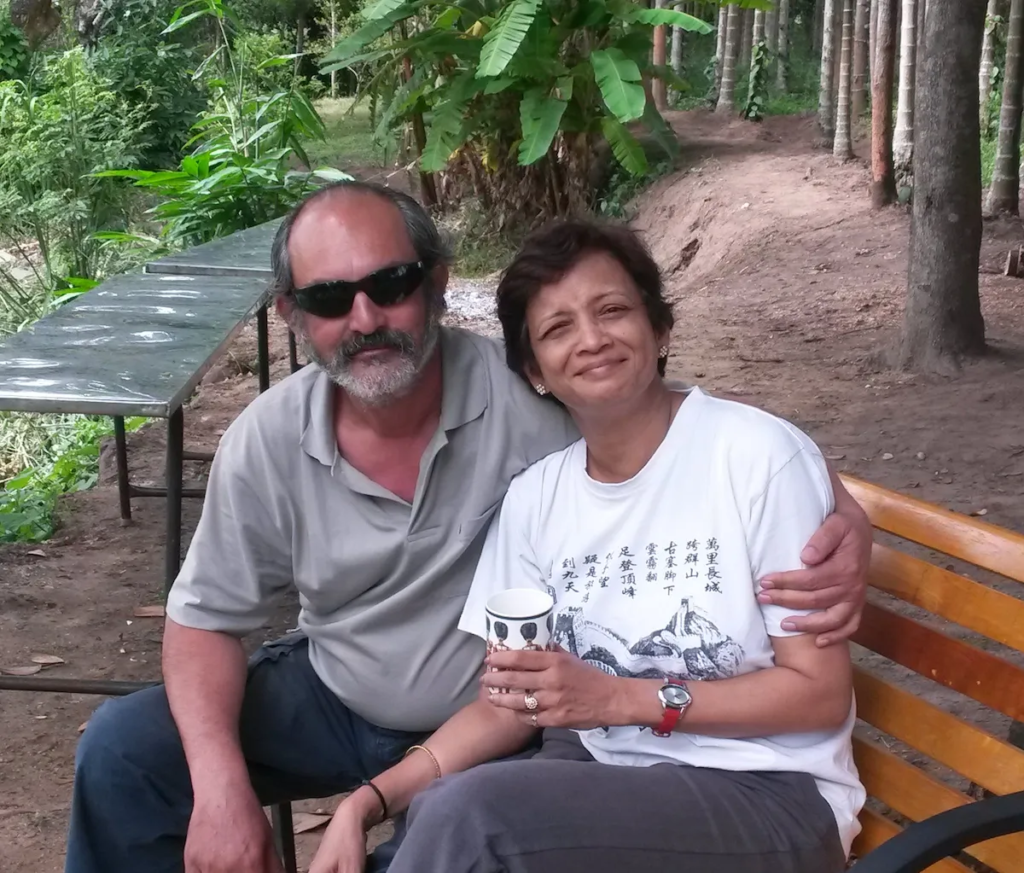
Hosts Prio and Nina / Firefly by the River
Nina, who has spent over 25 years in the luxury hotel industry, is an image consultant and a soft-skills trainer. Her passions lie in travel, food, wine and people. Nina and Prio have beautifully combined their talents and exposure to offer the guests an experience to remember.
The food
At the centre of the property, there is a common area where all meals are served. Yet again, the space is elegantly designed around a well and a little waterfall. You can hear the therapeutic sound of water as you dine. Every evening, they set up a bonfire here.
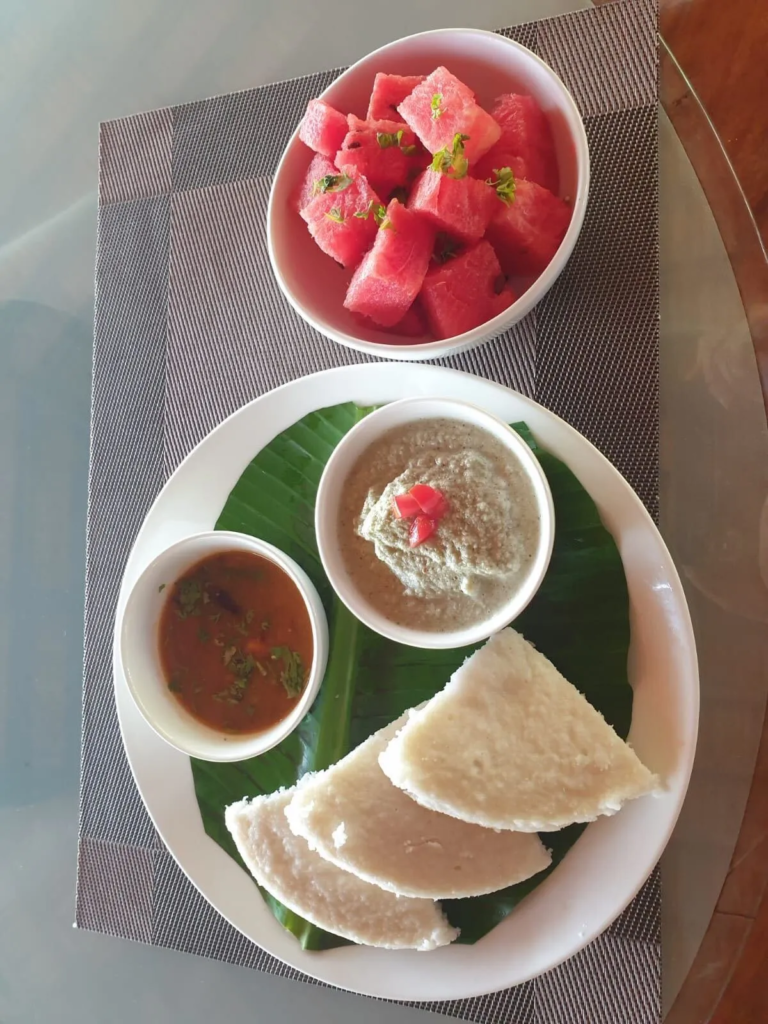
South Indian home-style breakfast / Firefly by the River
Nina believes that food is a huge part of a holiday and personally looks into the daily food menu, ensuring it is customised as per the guests’ tastes and preferences. Rithvik, the property manager and a local from Coorg, loves experimenting with his grandma’s recipes, giving them his own delicious twist. His South Indian chutney, sambar and fruit custard are a favourite with the guests.
No two meals are identical and everything is prepared from freshest, local ingredients. Since Coorg, also known as Kodagu, has its own unique cuisine, the hosts have put ample effort into gathering recipes from the kitchens of local families. Staff hired from a nearby village cook all the food incorporating local spice mixes.
Expect a home-style breakfast with South Indian delicacies like idlis and dosas, along with fresh milk, bread, fruits, juices, cornflakes and more. There is also organic honey from the region which you can take back home. Sample their melt-in-mouth Coorg-style River Pomfret, Pandi Curry (Coorg-style spicy pork curry), Akki Roti (flatbread made with rice flour, spices, herbs and vegetables), Coorgi pumpkin and vegetables, seasonal bamboo shoot curry, wild mango curry, kuru bean curry and Coorgi mutton pulao. Nool Puttu (rice noodles) with vegetable stew and kadambuttu (steamed rice balls) with chicken curry are other local specialties served here.
How to spend 48 hours at Firefly by the River, Coorg
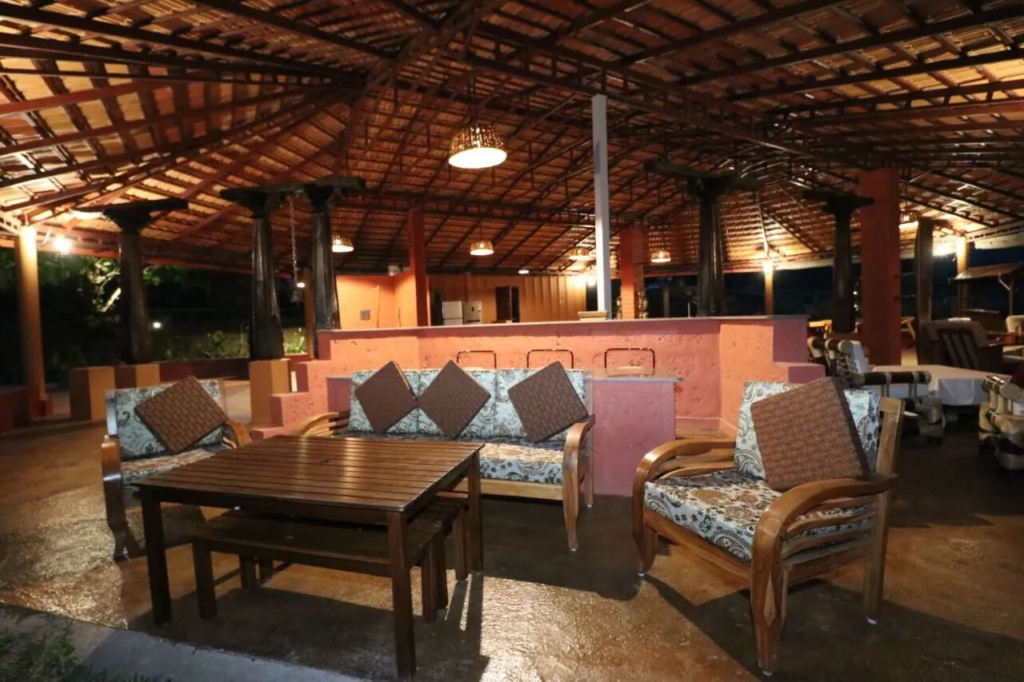
Firefly by the River
While this homestay is the best place to master the art of doing nothing and simply revel in the beauty of the surroundings, there’s no dearth of places to visit and things to do in and around the property.
Go for a walk around the property premises and look for lemon grass, exotic Thai ginger, kaffir lime trees and Australian fig trees that are thoughtfully planted by the hosts.
If you’re a bird watcher, there are plenty of birds to spot in the area.
A coracle ride on the Harangi river is a great way to spend a morning at the homestay.
The resort staff can facilitate the same for you minus any additional charge. Offering the coracle experience to the guests is their way of supporting the local fishermen. You can tip the boatman an amount you like.
The hosts are happy to help you with hyperlocal experiences like coffee plantation tours, angling trips and more. Bylakuppe in Coorg is one of the largest Tibetan settlements in India and worth a half-day tour. Spend a few minutes meditating at the stunning Namdroling Monastery, also referred to as Golden Temple, and finish with an authentic Tibetan lunch at Potala kitchen and cafe.
Don’t miss taking in the bird’s eye views of Coorg’s lush green hills and forests from Raja’s Seat in Madikeri. When here, treat yourself to a sweet-spicy pineapple chaat from one of the street vendors. And then, there is always the hammock by the river to retire to.
source: http://www.cntraveller.in / Conde Naste Traveller / Home> Hotels & Homestays / by Shikha Shah / October 28th, 2024
